Building or renovating a house? Follow these 6 steps to draw up a plan that delivers the goods…
Most importantly…..
What you need and what you think you want are not the same thing.
Before you can even begin to design your own home (or design anything for that matter), you need to establish a clear brief for the project. This is more than just a wish list — it covers all aspects of the project: size, appearance, location, orientation, sensory qualities, cost, construction methods and much more. Let’s take a look at writing a brief in detail.
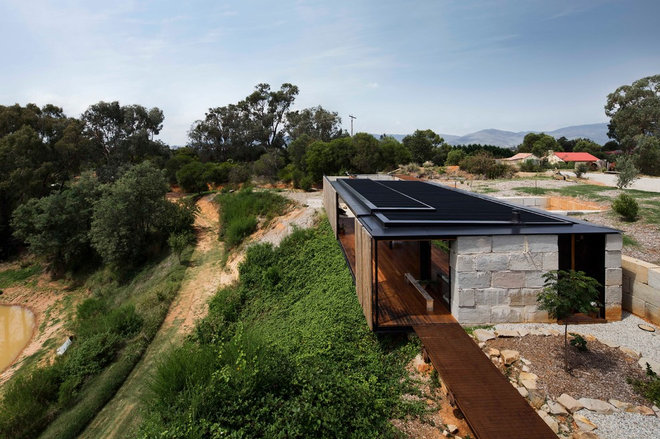
Your written brief will form the foundation of your entire house design. It is a description of your design objectives, which you will refer back to constantly and, as such, requires careful consideration.
The step-by-step process outlined below is the method I use to create briefs for every project I do. Whether you are designing a new house or extending an existing one, the approach is the same. Work through the steps, and by the end you will have not only a comprehensive and detailed brief but also a greater understanding of what it is you need rather than simply what you want.
Don’t worry about getting it right the first time; there will be plenty of opportunities to refine it later. What matters is that you get everything out of your head and down on paper so that the project can start to move forward.
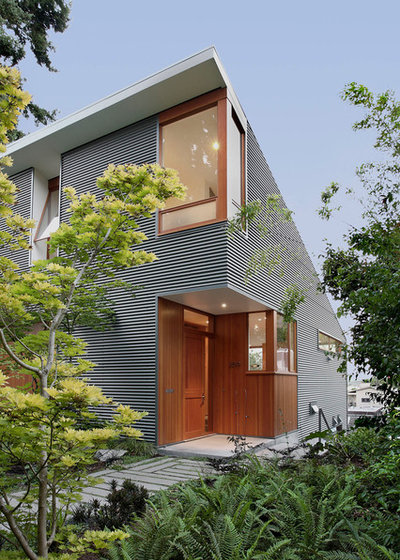
1. Compile a list of “likes” and then analyze them. The first step in designing your own home is to establish the sort of house you want to create and why. You should begin by collecting images of all the things you like and that speak to you about the type of home you want to create. I find Houzz to be the best tool for this because you can easily share your list and collaborate with other family members.
Browse images on Houzz for inspiration
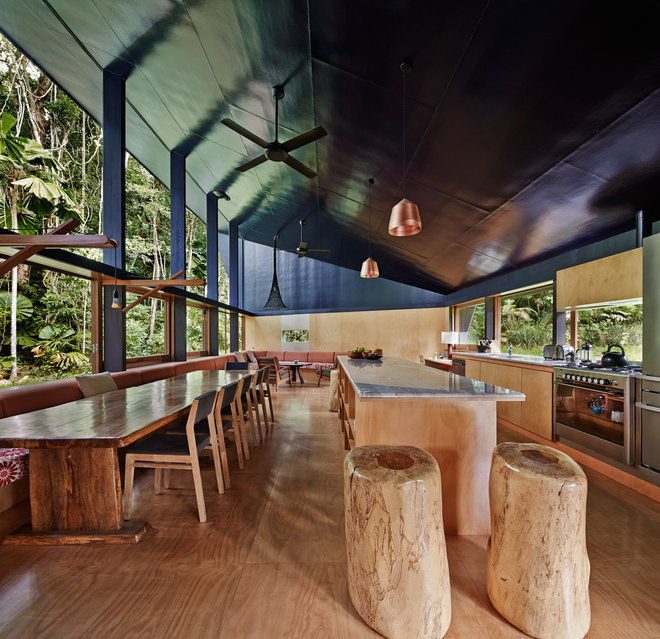
Now this is where it starts to get interesting. Take each of the images you have chosen and look at it more closely. For each one, ask yourself what it is specifically that attracted you to the image, and note it down. It could be obvious, such as a particular material or shape, or it could be something less tangible, such as a feeling of comfort you infer from the image.
Can you picture yourself living in the room or house in the photo? If so, how does it feel to be there? Ask yourself what it is about that feeling that you want to emulate in your own home. It’s important to try to draw out the qualities that you want your home to have, rather than simply gathering shiny images of how you want it to look.
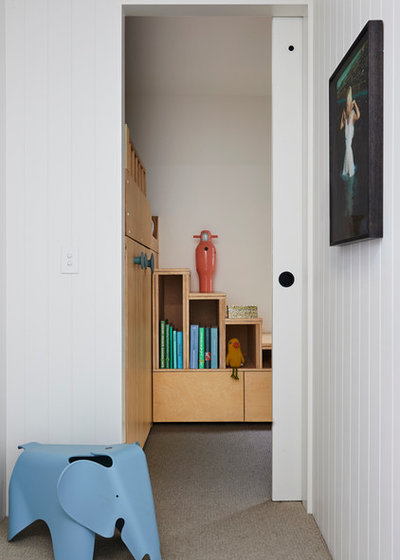
2. Look more closely at how you live. Now it’s time to look critically at how you live in your current home. It doesn’t matter if you own a house, rent an apartment or sleep on your parents’ sofa. We all inhabit space, and we all do it in slightly different ways.
Ask yourself the following questions about your current living situation. Spend some time on each one and be as critical as you can:
- What do you like about where you live and what don’t you like?
- Which rooms do you prefer to spend time in and which do you rarely use?
- What is it specifically that you like and dislike about these spaces?
- Which functions of your lifestyle do you feel are well-addressed and which ones are not?
- If you could improve just one thing, what would it be, regardless of cost and practicality?
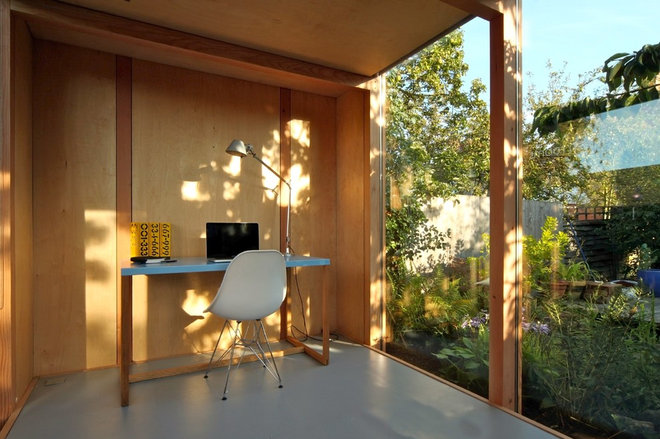
Next, make a list of all the items you own that will require storage in your new home, including the amount of space required for each and the best location for it. Don’t underestimate storage; it can make or break even the best-designed homes.
Finally, sit and watch how people move around in your current living spaces. Can you identify any conflicts that could be avoided in your new home? This is especially common in kitchens and bathrooms, where a lot of activity takes place.

3. Draw up a list of spaces. You are now ready to start compiling a list of the rooms you hope to include in your new home. This is not as easy as it sounds. Lots of “what if” questions, doubts and uncertainty will start to crop up. This is normal and an integral part of the design process. Just keep going.
I would urge you not to dwell on these doubts for too long. Accept that you don’t have all the answers at this stage, and move on. It’s more important to identify the right questions so that you can address them as the design progresses.
Don’t worry about budget or practicalities just yet. There will be plenty of time to downsize if and when it becomes necessary. Be as extravagant as you like. This list is simply a draft of what it is you want — or rather what you think you want. It will be subject to plenty of adjustment before it is finalized, so don’t stress over it too much.
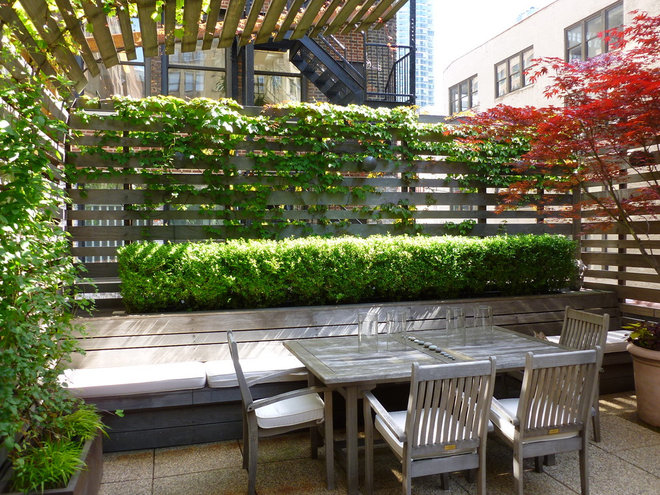
Be sure to consider the entire range of activities you would like your building to host. Think in terms of what the house can do for you, and try to envision any future needs you might have. Don’t forget to include outdoor living spaces in this list.
If you are planning an addition or refurbishment project, include both the existing spaces you want to keep and the additional spaces you want to create.
Read more about doing an addition
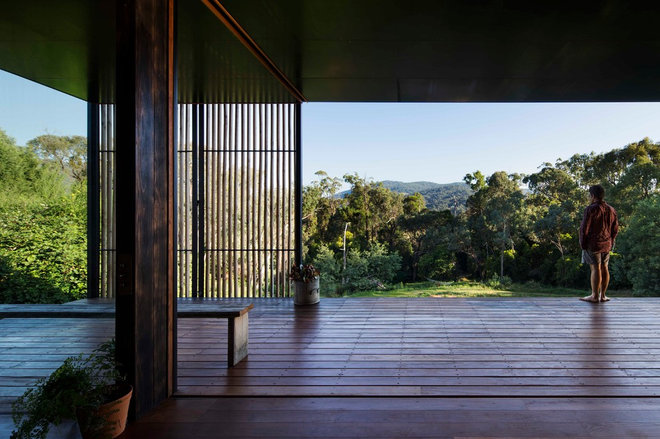
4. Analyze the list. Next, look at each of the rooms on your list in turn, using a separate page or document for each, and consider the following questions:
- What specific activities will normally happen in this space (for a kitchen, this may be eating or socializing in addition to cooking)?
- What furniture will you want to put in the spaces you are going to design? Include any built-in storage you think you may need. Look back at your storage list and make sure you include the storage requirements for each room.
- Can you categorize the room in some way? Would you call it a public or a private space? Is it open or closed, inward- or outward-looking? Will it be a primary or secondary space in your home?
- Can you combine two or more of the rooms on your list? Consider multifunctional spaces that can serve different purposes at different times. This is a great way to start to rationalize your list.
- Now revisit the qualities and feelings you identified from your list of likes, as well your analysis of the rooms you enjoy spending time in. What qualities do you want each of the rooms on your list to have? This may include access to natural light at certain times of the day, or feelings of spaciousness, comfort, warmth, serenity or cleanliness, for example. Think about rooms in your current home that you rarely use and make sure you aren’t simply replicating them in your new home.
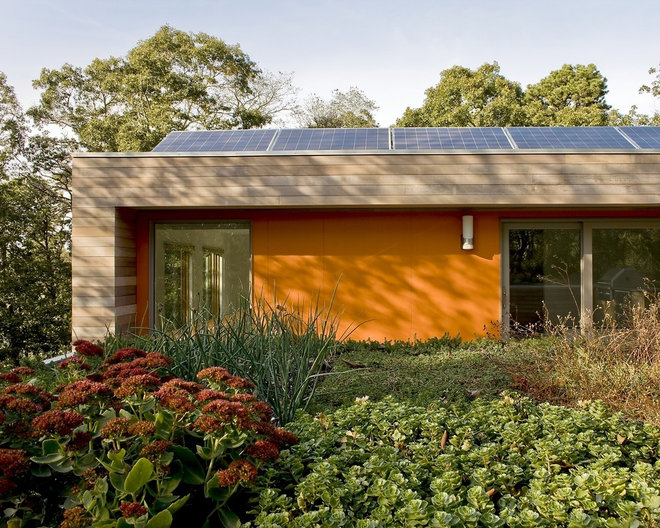
5. Establish big-picture goals and priorities for the project. You should now have a good handle on the specifics of each room. It’s time to take a step back and think about the project as a whole. As with any project, it’s important to establish a clear list of goals from the outset. These goals will help guide the decision-making process as you move forward, and form a handy touchstone when you face difficult choices or conflicting opinions.
They might be environmental goals, such as minimizing energy use or water consumption, or economic goals, such as maximizing affordability and minimizing ongoing maintenance costs. Your goals could also be personal ones, such as allowing for flexibility toward any future lifestyle changes or creating the perfect place to hold lavish dinner parties. Think of your goals as the values you want your final design to embody.
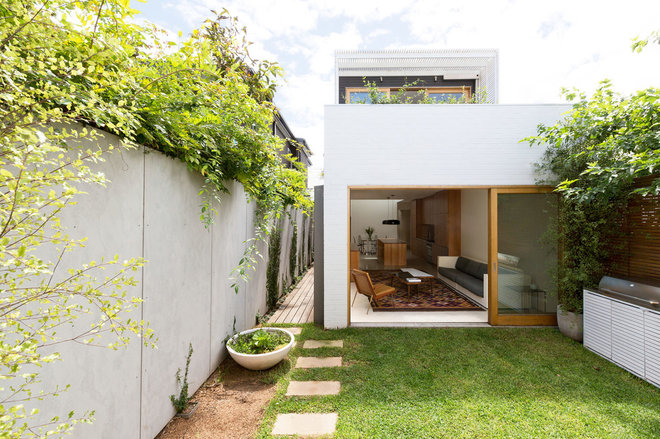
Finally, consider what relationship each room might have to another one. You might want a kitchen to be close to a dining area or to open onto the garden, for example. Alternatively, you might want to locate the bedrooms away from the main living area to ensure that they are quieter and more private.
Note it all down; you can’t write too much on all this stuff. Be as expansive and as specific as you like, but prioritize each item into “nonnegotiable,” “important” and “nice to have.”
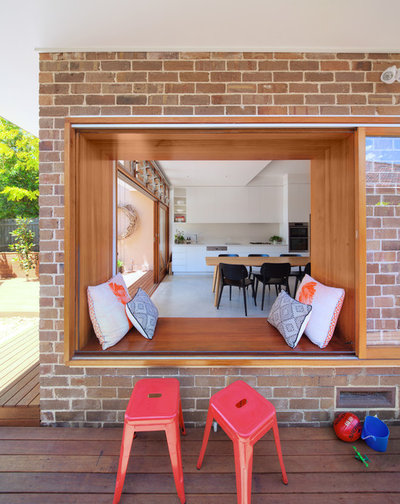
6. Finalize your list and address common mistakes. The last step in this process is about bringing it all together. You should have an overview of the rooms you think you need and their relationship to one another, as well as a fairly detailed description of what each room should contain and how it should feel.
There are, however, some very common mistakes people make during this process. Take one last look at your list to make sure you aren’t guilty of any of the following:
- Focusing too much on aesthetics. Instead, think more about quality, comfort and functionality. Trust me, looks can come later.
- Thinking purely room by room. Be sure you have set real goals and values for your whole project from the outset. A good designer is able to focus on the little details without forgetting the bigger picture.
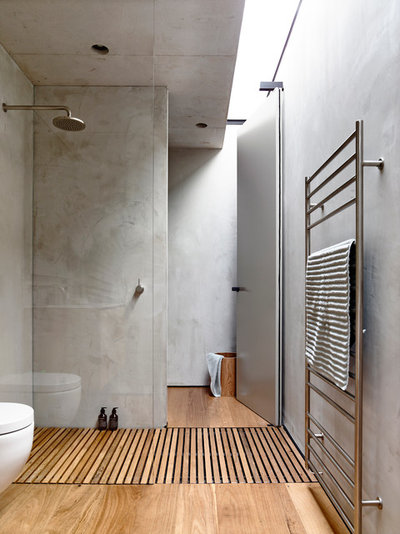
- Not considering all family members’ thoughts and feelings. Although you may be the one leading the design, don’t forget the other occupants of your home. The more they are invested in the process, the richer the design will become.
- Trying too hard to “keep up with the Joneses.” Just because your neighbors have a hot tub on the roof doesn’t mean you have to have one too. Stick to your specific needs and those of your family, and forget what everyone else is doing.
- Not considering the future. If this process is going to be worthwhile, your design needs to have flexibility to allow it to grow with you and your family. None of us know what the future holds, so aim for a design that can easily adapt should your circumstances change.
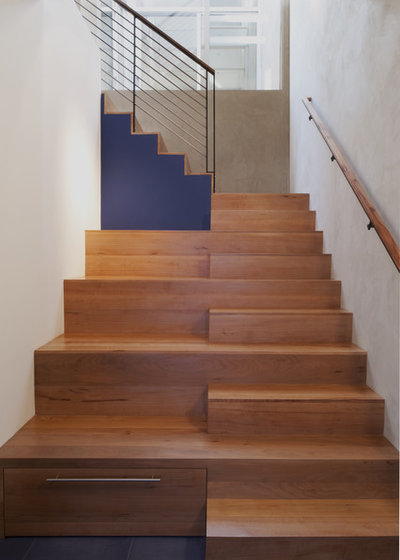
John Lum Architecture, Inc. AIA
Thank you to Houzz and

